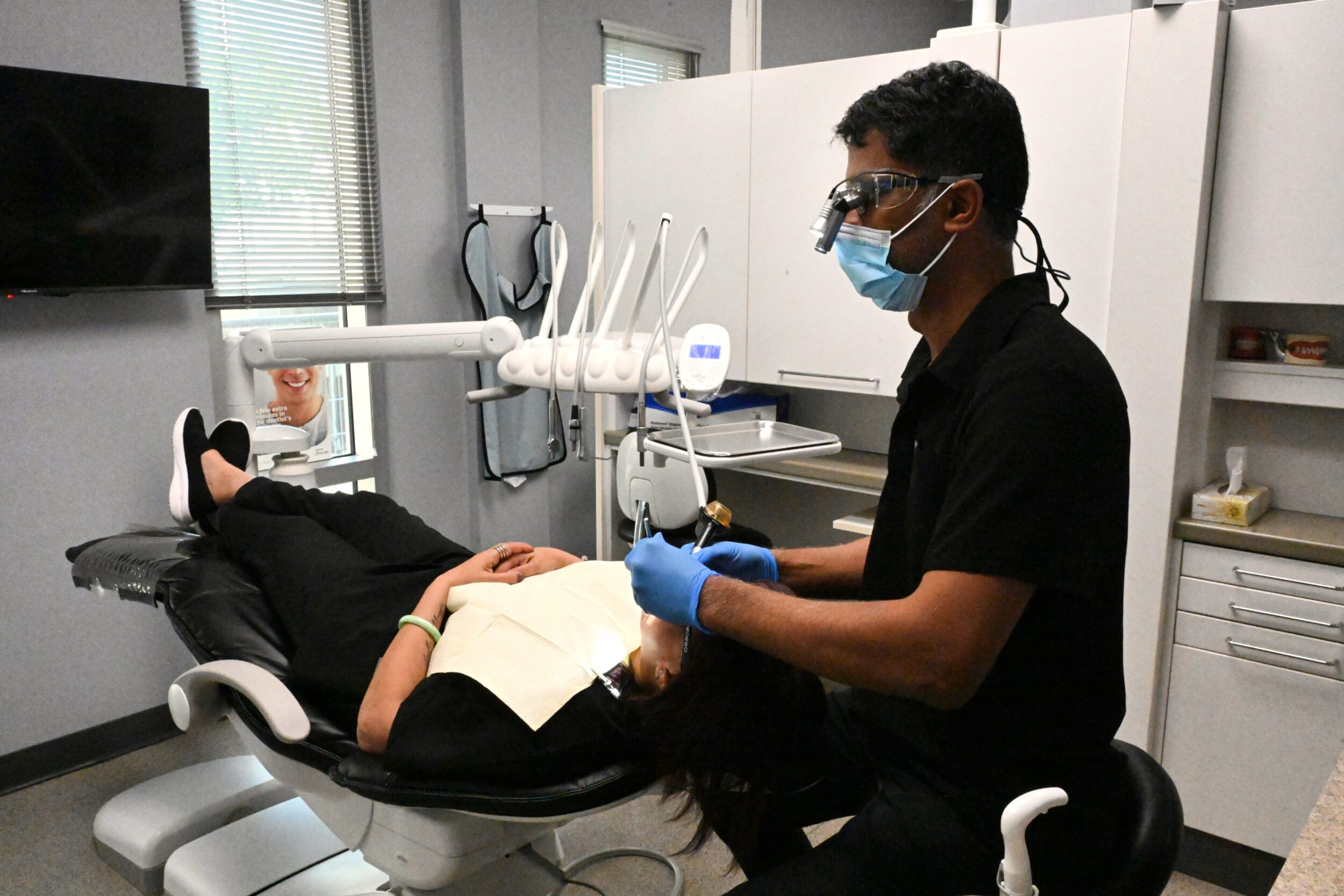Pediatric Dental Appliances
In spite of the fact that most parents associate the term “dental appliances” with teenagers, such appliances are often used in young children as well. Depending on the situation, some dental appliances may be recommended for preventative purposes and others may be recommended for treatment purposes.
It can be challenging to encourage young children to wear removable dental appliances on a regular basis, but there is some good news. The use of pediatric dental appliances can prevent injury to the teeth and may also reduce (or even eliminate) the need for extensive treatment in the future.

Which types of pediatric dental appliances are most common?
Pediatric dental appliances are available in many types, each fulfilling a specific dental function. Following is a list of the major types of pediatric dental appliances:
Guards for the mouth
When participating in any potentially injurious activity, including sports and recreational activities, the American Academy of Pediatric Dentistry (AAPD) and American Dental Association (ADA) recommend that children wear mouth guards.
Pediatric dentists can craft customized mouth guards for children, or sporting goods stores can sell thermoplastic “boil-and-bite” mouth guards. The same type of mouth guard is used by children who grind their teeth at night, also known as “bruxing.”.
Space Maintainers
Thumb Sucking Appliances
It is natural for most children to grow out of their thumb-sucking habit. Thumb sucking is not recommended for children after the age of five or six (especially vigorously). There are several complications associated with this procedure, including narrowed arches, impacted teeth, and misaligned teeth. Thumb sucking is usually stopped immediately with the “palatal crib” appliance.
Pediatric dentists create and attach the “crib” to the teeth, almost like a barely visible set of braces. By preventing the thumb from reaching the roof of the mouth, gratification is reduced – and the habit is quickly broken. Various removable versions of the crib are also available, depending on the child’s age and willingness to cooperate.
It is not uncommon for primary (baby) teeth to be lost prematurely as a result of trauma or decay. It is common for adjacent teeth to shift in order to fill the space, causing spacing and alignment issues for permanent teeth (adult teeth). As a placeholder until the permanent teeth are ready to emerge, space maintainers or “spacers” are inserted. Space maintainers can be classified into two main types:
- Fixed space maintainers–
The pediatric dentist may apply a “band and loop,” a “crown and loop,” or a “distal shoe” type of spacer to fill the empty gap, depending on the position of the missing tooth and the condition of the surrounding teeth. There is no difference in the function of spacers; just the way they attach to the adjacent teeth varies. Metal is the most common material used for fixed spacers, and they are highly durable. A button made of acrylic may be added to reduce the esthetic impact of a missing tooth that is highly visible. - Removable space maintainers–
Young children rarely use removable spacers. In a manner similar to orthodontic retainers, special plastic parts are inserted into the empty slots in order to prevent adjacent teeth from drifting apart.
Expansion Appliances
An expansion appliance can be used to correct an overbite or a crossbite, where the upper front teeth protrude over the lower front teeth. With an expansion appliance, the arch is stretched and widened, so that the teeth can be realigned straight. A custom-made expansion appliance can be affixed to either the inside or outside of the teeth. An expansion appliance may be required to prepare the jaw for oral surgery in children who were born with a cleft palate.
Bionator
An orthodontic device called a bionator may be prescribed if the pediatric dentist suspects that the child’s jaws are not growing in proportion to one another. In general, the bionator facilitates the erupting and aligning of the teeth by positioning the lower jaw forward. Using this dental appliance can reduce the need for extensive orthodontic treatment in the future and help to promote a natural-looking smile.
Your pediatric dentist can answer any questions you may have about dental appliances.